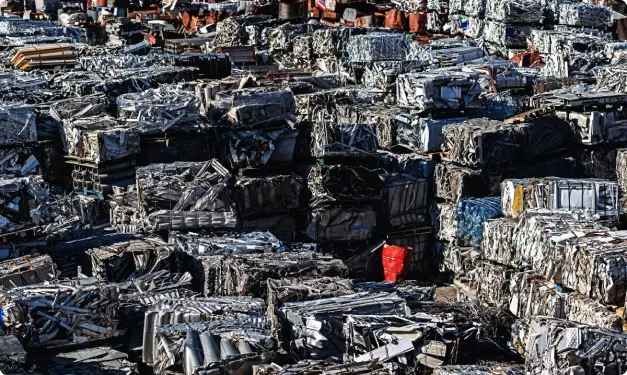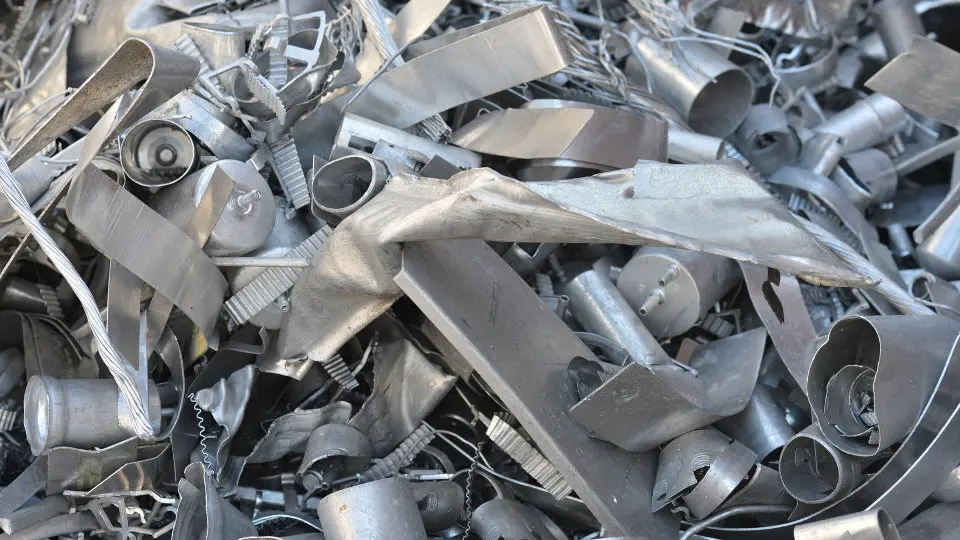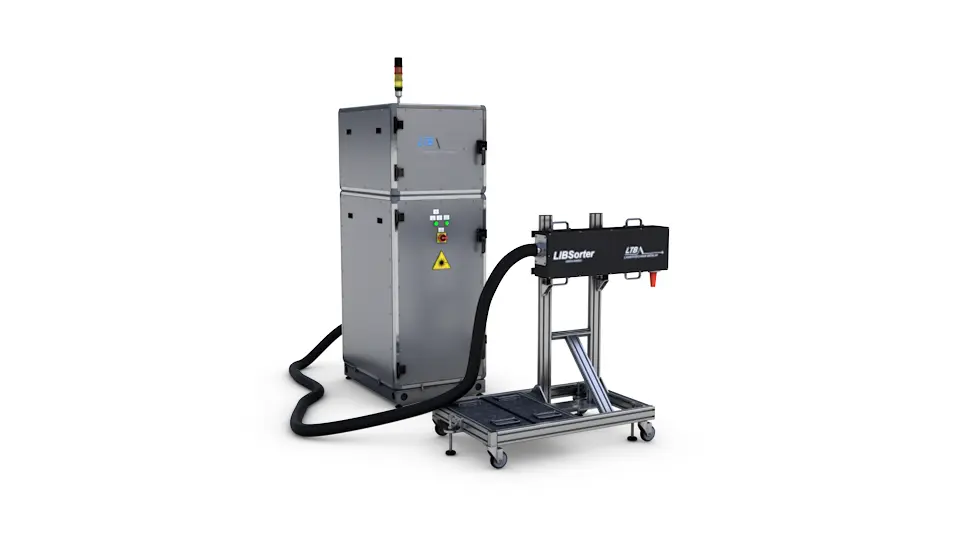
Recycling
Sensor-based LIBS measuring systems play a key role in the recycling process step “classifying and sorting” for the efficient processing of metallic recyclable materials. Due to the rapidly increasing global demand for increasingly scarce and expensive raw materials, the production of high-quality secondary raw materials from old scrap, new scrap and urban mining is becoming more and more important for economic and ecological reasons.

Single-variety classification of scrap with LIBS
The production of single-origin fractions from scrap is currently carried out using conventional separation processes in combination with mostly multi-stage, sequential processing steps, which often require the use of various sensor-based measurement techniques. Many of these analysis methods have the disadvantage of only being able to identify certain types of scrap. A far more suitable solution is based on determining the atomic composition of the scrap using laser-induced plasma spectroscopy (LIBS). Using short-pulse laser excitation, the chemical elements contained in the material emit a characteristic line spectrum that is comparable to a fingerprint. A variety of recyclable materials such as metals and alloys can thus be measured qualitatively and quantitatively.
Sensor-based sorting with LIBSorter 300
The LIBSorter 300 is a versatile inline measuring system for the single-variety online classification of scrap in industrial recycling. The mixed fraction fed in is categorized into different, application-specific classes as a result of the chemical multi-element analysis with LIBS and can then be discharged unmixed. Compared to conventional techniques, the LIBSorter 300 only requires a single sensor-based classification step to produce high-quality secondary raw material fractions.

Applications LIBSorter 300
- Color-independent classification of non-ferrous metals such as copper, nickel, zinc, tin, lead, chromium from scrap metal
- Identification of aluminum alloys (e.g. 5000, 6000 series) based on the main alloy elements (e.g. Mg, Si)
- Detection of non-ferrous alloys such as bronze / brass
- Detection of ferrous alloys: Iron / steel
- Differentiation of precious metals such as silver and copper from scrap metal
- Recycling of slag, incineration ash and granulates
- Other metals and alloys possible

